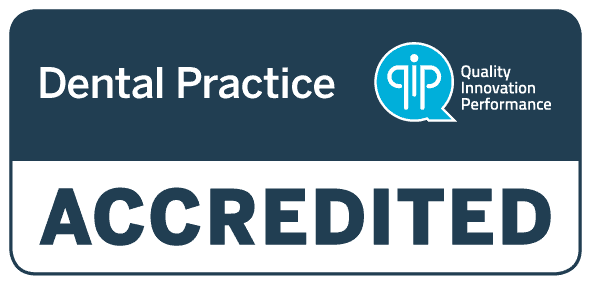We may have heard of the procedure called root canal treatment. Most of us know that it is usually performed on deeply decayed teeth that are extremely painful but don’t necessarily need to be extracted. Here is a closer look at what happens when you get a root canal treatment.
What is the Root Canal?
During root canal treatment, the dentist extracts the tooth pulp. This is the fleshy middle part of the tooth surrounded by the hard enamel that we can see on the tooth’s exterior. The pulp contains soft tissue and nerves, which create the sensation in our teeth. But if the pulp is the one being removed, why is the procedure called “root canal”?
The root canal is the hollow part inside the tooth root where the pulp passes through, connecting to the gums and bone. Each tooth has two to four roots, and each root has a root canal inside. When the pulp is removed, the root canals are cleaned out thoroughly to remove all infected matter.
While the pulp may be the main culprit of the pain, the root canals are the main focus of the procedure because if not cleaned properly, some infections may remain inside and cause further damage to the tooth. The dentist takes most of the time cleaning and disinfecting the canals.
The Purpose of Root Canal Treatment
One of the most important reasons why dentists recommend root canal treatment is to avoid tooth extraction. The tooth itself can be preserved by performing a root canal, even if most of it has already been replaced with artificial materials. The tooth roots, in particular, are salvaged by this procedure, allowing the tooth to remain fully functional in terms of biting and chewing.
Another benefit of getting root canal treatment is prevention. Once the pulp and root canals have been filled with artificial material (also called gutta-percha), the recurrence of infection is highly unlikely. The tooth can remain healthy and infection-free for decades.
Besides preservation of the tooth, root canal treatment also preserves the gums and bone underneath. If not treated correctly, the infection can spread into the gums and cause not just one but multiple tooth losses. Once the infection destroys the bone, it’s impossible to restore teeth with prosthetics because the supporting structure has become too weak.
With root canal treatment, you can save most of your teeth and prevent the infection from causing more problems in the future.
Root Canal Step-By-Step Procedure
The entire course of a root canal treatment may take two or more visits to the dentist. Here is a run-down of each session:
1. Diagnosis and Treatment Planning
On the first visit, the dentist will closely examine the patient’s teeth. They may take X-rays to see how much damage the infection has caused. They may also recommend other solutions if they find that root canal treatment is not the best option for the patient.
2. Actual Root Canal Treatment
If both the patient and dentist have the time and once the root canal has been finalized for the treatment plan, the actual procedure may already take place on the first visit. The first step is to apply an anaesthetic to numb the patient’s tooth. Afterwards, the dentist drills a hole on top of the tooth to directly access the middle part where the pulp is located.
Once the pulp is exposed, the dentist removes it and individually cleans out the tooth roots using special tools. After cleaning, the dentist applies disinfectant into the tooth and covers it with a temporary filling until the next visit.
Finally, the dentist takes a mould of the patient’s old tooth. This will be used to create a new dental crown. Dental crowns are made in laboratories and take a few days to be finished. Patients are usually called back for the next visit as soon as the crown is ready.
3. Restoration and At-Home Care Instructions
When the patient returns, the temporary filling will be removed. The dentist will apply gutta-percha into the newly cleaned root canals and dental filling into the middle of the tooth. Afterwards, they will cover everything with the dental crown that was moulded from the old tooth.
Right after restoration, patients may need to go on a soft diet to avoid chewing. Dentists also give instructions in case of emergencies such as infection and severe pain.
4. Aftercare and Long-Term Maintenance
Patients shouldn’t become complacent with their dental care and hygiene despite getting a root canal treatment. Daily brushing and flossing are still essential and should be done religiously. Patients should also get semi-annual dental cleanings to maintain optimal oral health.
Where to Get Root Canal Treatment in Wollongong
If you live in the Wollongong area and nearby suburbs, you can visit Dentist 4 U for a root canal treatment. We also have qualified dentists in Fairy Meadow to serve you. Call us at 02 4607 2711 for more information about our services. We are always ready to answer your inquiries through the phone. You can also set your appointment through our website. If you are experiencing extreme pain or discomfort and suspect that you need a root canal treatment during after-office hours, you can call our emergency line at 0434 413 811.



